Back in the 90s, Toronto’s Queen West was a prickly part of town. It was a mix of people down on their luck, drug aficionados, sex workers and squeegee kids (remember them?). This is where Cosimo Mammoliti and his partner, Paolo Scoppio, found a property through a family connection that would become Terroni in 1992.
This first location at 720 Queen Street West was a modest store selling southern Italian staples. The window display was an installation of tomato cans and olive oil on a skid and its biggest moneymaker in the early days was a coin-operated gitoni table. No spinning! Fun fact, the word gitoni is a derivative of the word gettoni, or ‘token’ in Italian. Back in the 70s, public phone tokens, or gettone telefonico, were circulated as if they were legal tender due to a coin shortage in the market. But we digress …
Fast forward to today, the Terroni brand includes restaurants, bars, shops, a bakery, a production facility and a wine agency. The newest addition to this collection is Stock T.C, a collaboration between Cosimo Mammoliti and Cumbrae’s founder Steven Alexander.
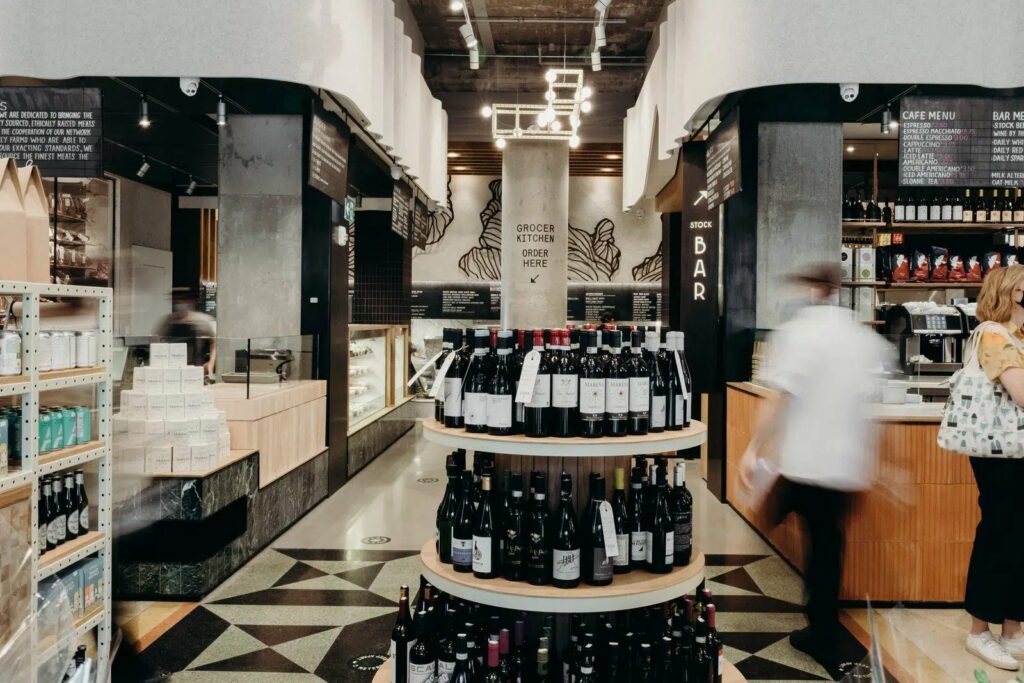
Stock T.C brings together Terroni’s commitment to quality Italian cuisine from all over Italy coupled with Cumbrae’s, a butcher shop sourcing from its network of local Ontario farmers. Together, they have created a truly ‘Toronto’ experience, curated by teams shaping the industry.
It is a marvellous place to meander and discover new Italian products, many of which are rare finds and real treats from all over Italy. In fact, you can credit the introduction of the Canada-European Union Comprehensive Economic and Trade Agreement (CETA) as the reason why so many never-before-seen products are flowing onto grocery shelves in Canada as of late.
Here are our recommendations for stocking up at Stock T.C:
A PERÒ CANNELLINI BEANS
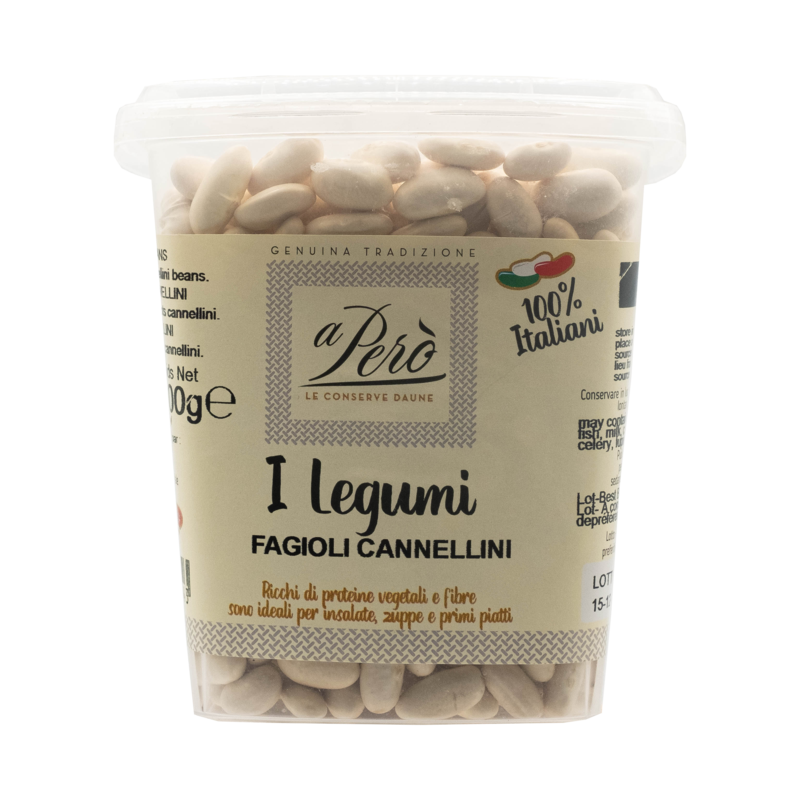
Yes, we’re starting with beans. Cannellini beans are native to southern Italy, and those grown in the region carry a characteristic nutty flavour with a creamy texture. This variety makes up a large part of the Mediterranean diet and is found in many dishes. Pick these up for your pasta e fagioli or a classic Tuscan escarole and bean soup. It’s worth taking the time to make these beans from scratch (including soaking them overnight before cooking).
AMARENA CHERRIES
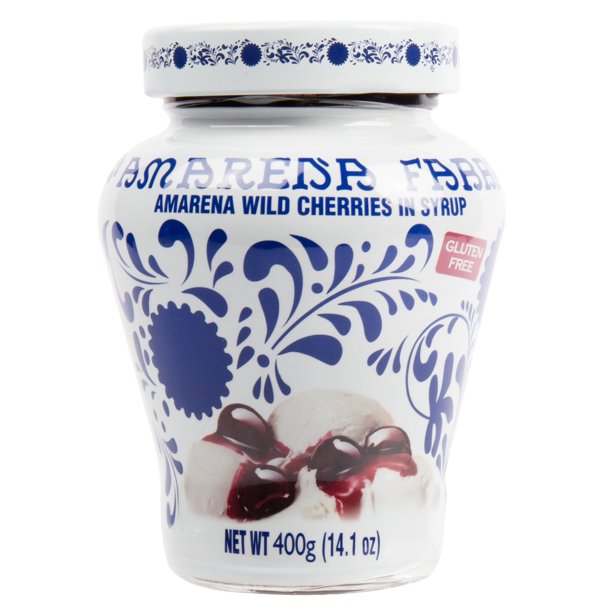
This one’s for food and design lovers. Fabbri’s iconic packaging design was created in the 1920s in an Emilian ceramics laboratory. The blue decorations on a white background bring together a bourgeois and decò aesthetic, giving the package a maximalist and minimalist feel at the same time. These precious bottles contain Amarena cherries, a dark and sour variety first developed by Gennaro Fabbri who was born in 1869. They’re traditionally grown in Bologna and Modena, and preserved in syrup by Fabbri. Use them to beautify a perfect scoop of gelato or garnish a classic cocktail.
ANFOSSO CREMA DI CARCIOFI
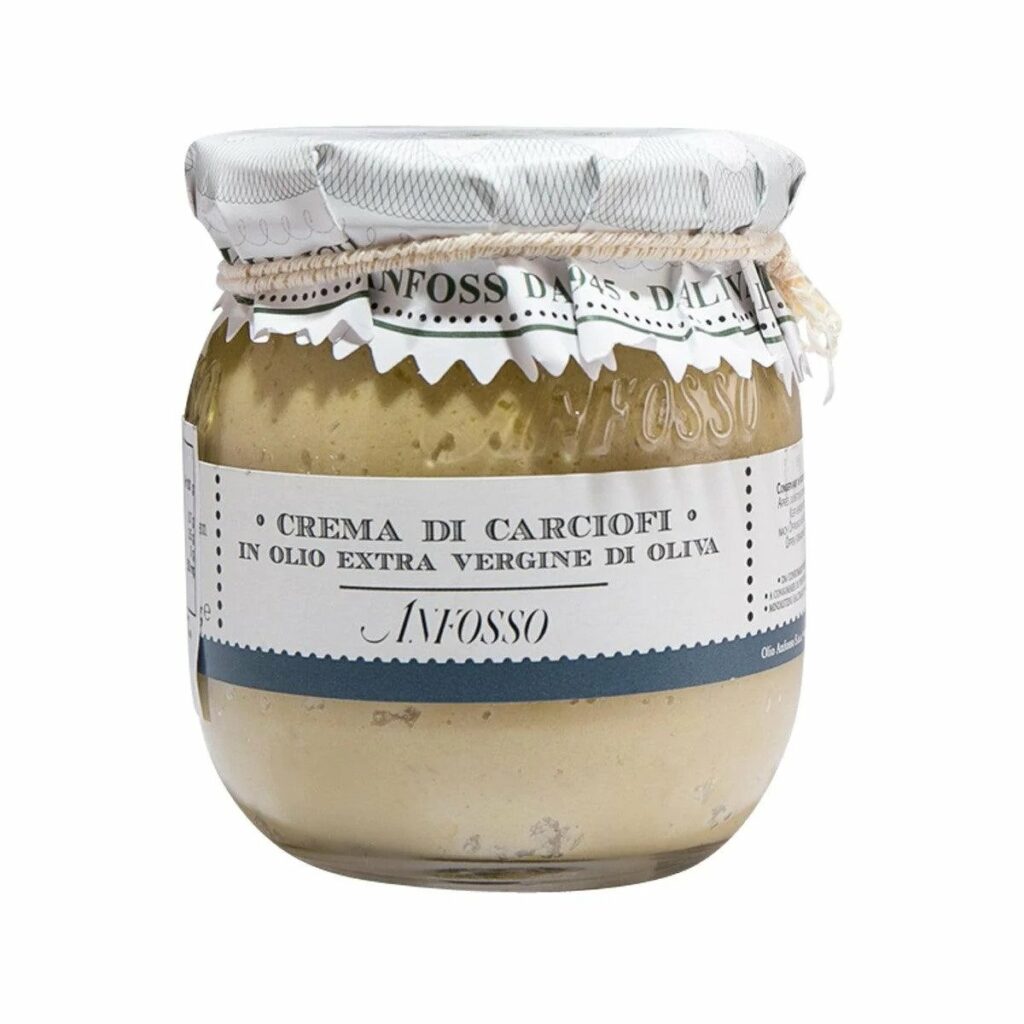
This product is a super spreader. You’re going to want to spread it on everything. Comprised of 70% artichokes and Anfosso extra virgin olive oil, this product captures the essence of the artichoke heart at the height of the season. Use it on your favourite crostini, or as a dip with crunchy grissini. In the mood for fast food? Use this spread as the base of a speedy stir-through pasta sauce.
CALLIPO FIG SPREAD
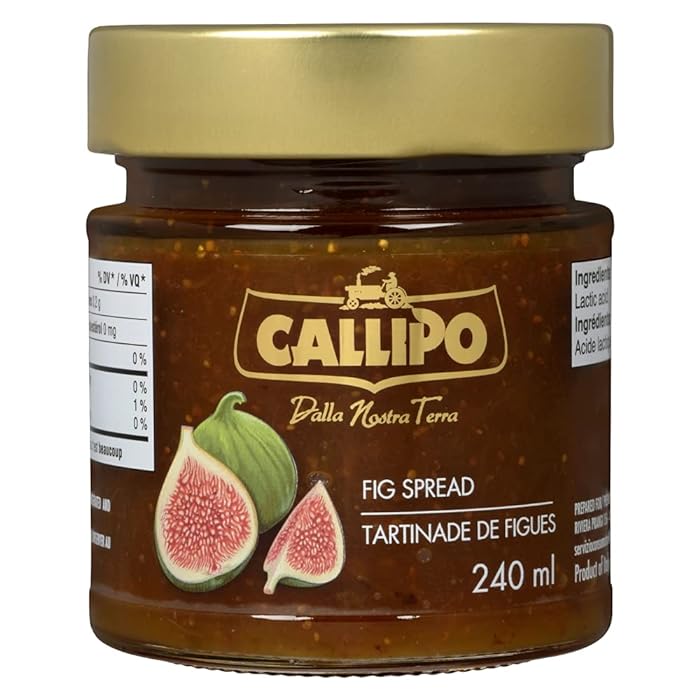
Take a deep breath and listen. This fig spread is made from the fico dottato variety, a sweet, thin and fleshy fig with very few seeds. This taste is amplified by the unique properties derived from the particular microclimate of Cosenza, a province in Calabria. Its taste is so distinctive, the dried version of this fig variety was awarded DOP status in 2011. Put it on your next cheese board and pair it with hard Italian cheeses like Asiago, Piave or Pecorino. You’ve heard of prosciutto e melone, but have you tried prosciutto e fichi? This flavour combo from Veneto is traditionally eaten in summer, combining prosciutto crudo with fresh, jammy figs. Use this spread to create that flavour combination year round.



Add a comment